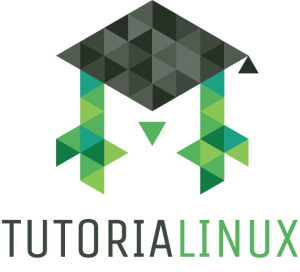It’s taken me several months but I’ve finally done it: this weekend, I’m launching the first tutorialinux course on the Udemy learning platform. The course is called “Hands-on Linux: Self-Hosted WordPress for Linux Beginners.”
https://www.udemy.com/hands-on-linux-self-hosted-wordpress-for-linux-beginners/
It’s a project-based course which teaches the basics of Linux system administration using a practical, real-life project to lead you through the material. In the course, I walk beginning Linux sysadmins through setting up a fully-featured, production-grade WordPress hosting platform on their own server.
Of course, you can run other PHP applications on this platform, too. I chose WordPress because it’s so insanely popular right now, and because I know the platform relatively well after spending a year working as a security consultant doing malware cleanups and security overhauls on compromised WordPress sites.
The course itself follows the project-based learning approach I’ve been talking about recently. Although I think theory is important (and occasionally even fun), people just seem to learn much faster when they work on a practical project that ties together 10 or 20 individual skills and gives them a usable artifact at the end (in this case, a hosting platform).
I supply a slow drip of theory in this course — just enough to keep students making progress on the project while still understanding what’s going on.
More than a “Basics” Tutorial
The course is much more than just basic application setup and configuration, though. I’ve made sure to cover “real sysadmin” stuff; the things that sysadmins actually spend their time doing in real life (not just “apt-get install -y somesoftware && nano /etc/configfile”). Topics like:
- system monitoring
- performance optimization and caching
- security hardening
- creating and restoring website backups (filesystem backups and MySQL backups)
- HTTP protocol basics
The course features 71 videos right now; about 8 hours of video content. There’s more coming, too: I’ll be continuing to improve and add material to the course as it grows and I get feedback from students.
Plus, you’ll have something to ‘take home with you’ when you finish the course: it’s always cool to have a robust, performant hosting platform at your fingertips, ready to do your bidding, host your friends’ websites, make you millions of dollars, etc.
I’ve marked a bunch of the videos as being ‘free previews,’ so there’s about an hour of viewing to be had for free on the “course curriculum” page.
All the links in this post include a coupon for $7 off the retail price (just over 15%). Have a look at the course curriculum, and check out some of the free preview videos from the course!
Get over there and check it out!
